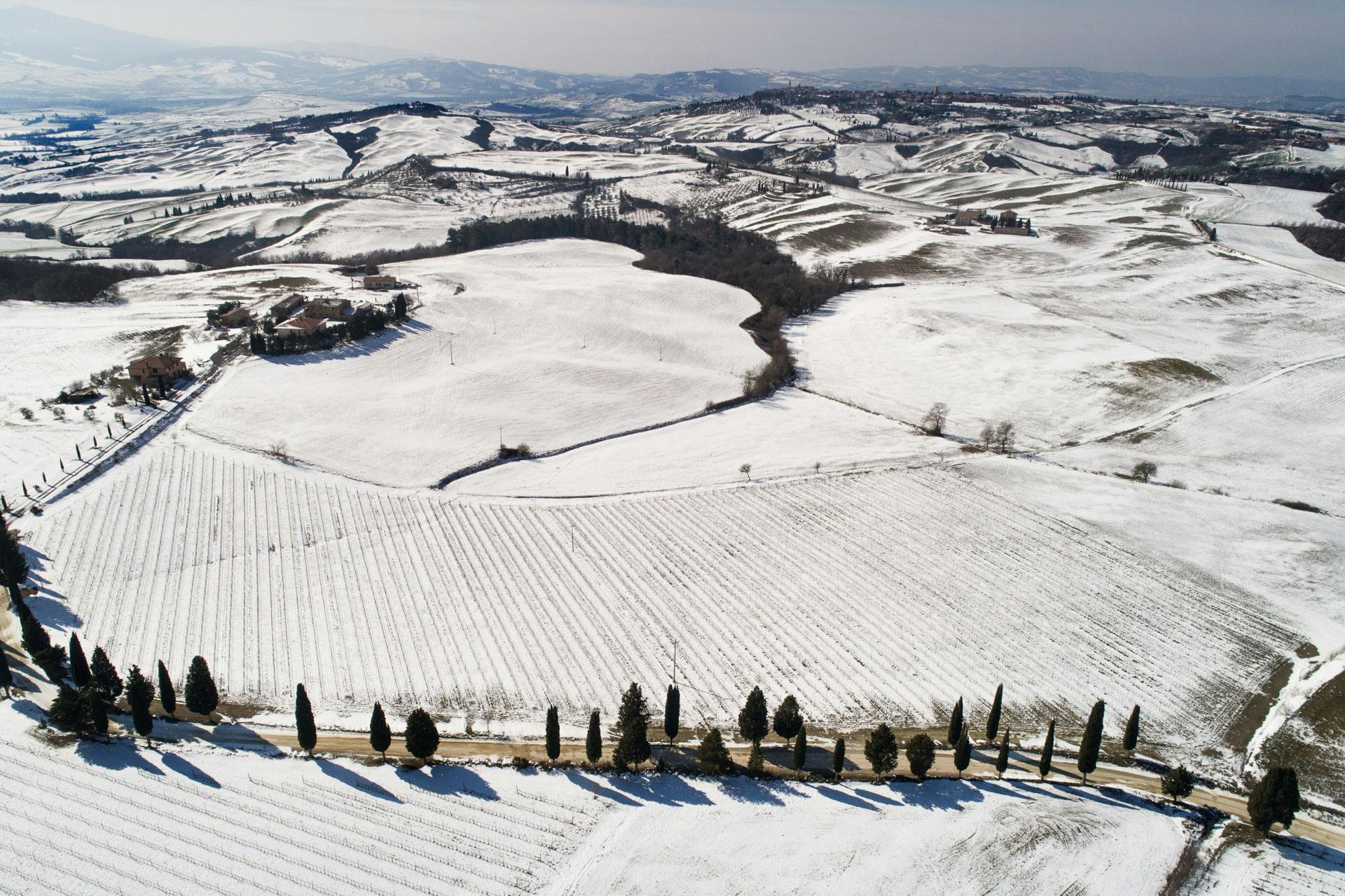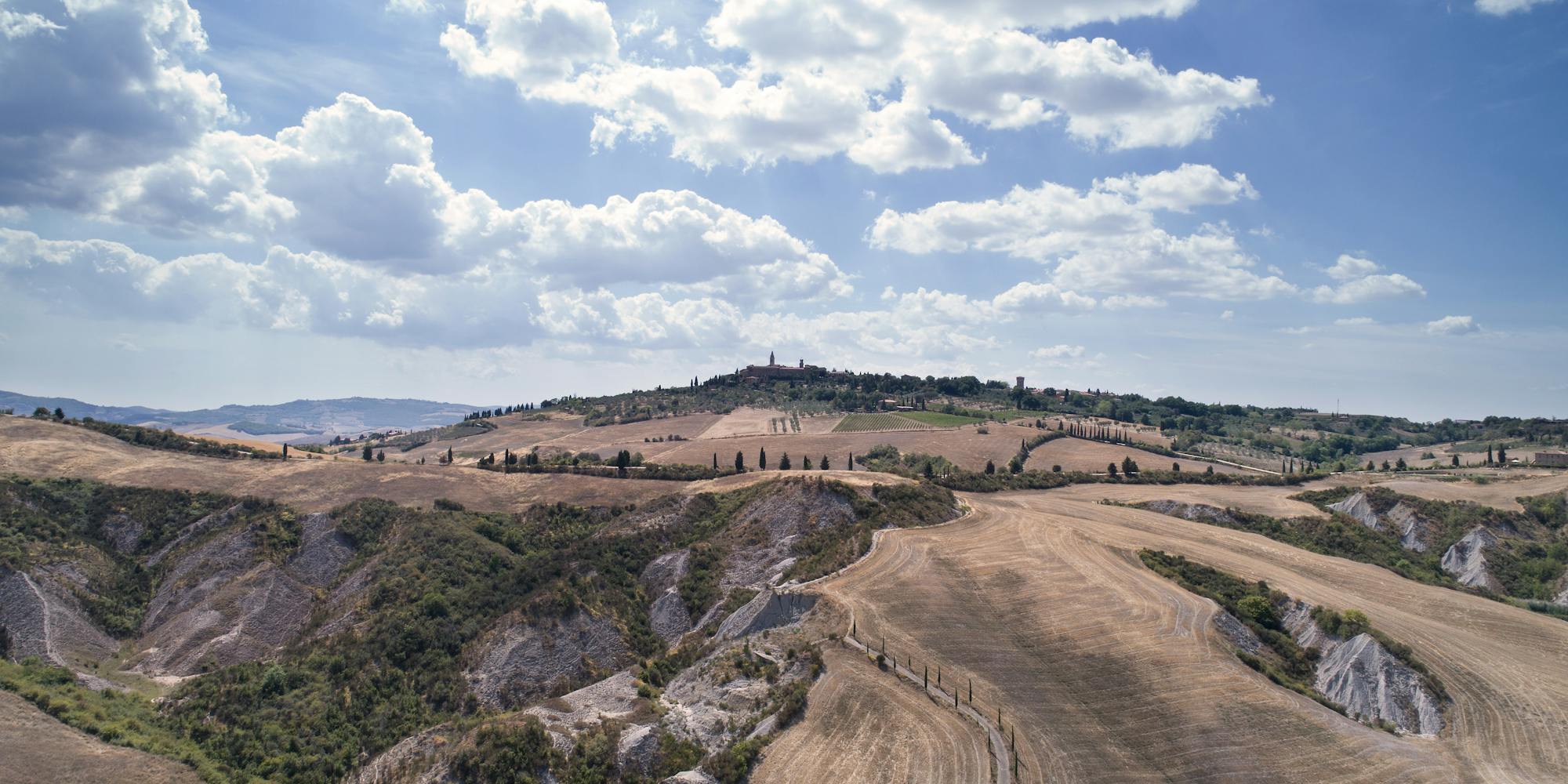
Val d'Orcia
Pienza
"It was in this Tuscan town that Renaissance town-planning concepts were first put into practice"
Located in the heart of the Val d'Orcia, near Siena in Tuscany ; Pienza is supposedly the ideal city from an architectural point of view.
Upon the request of the great Humanist Enea Silvio Piccolomini who became Pope Pie II in 1458, he asked Bernardo Rosselino, originally named Bernardo di Matteo Gambardelli to redesign the town. He used the principles of his mentor, Leon Battista Alberti, thinker and Humanist architect who founded the first treaty of architecture of the Rennaissance.
"It was in this Tuscan town that Renaissance town-planning concepts were first put into practice after Pope Pius II decided, in 1459, to transform the look of his birthplace. He chose the architect Bernardo Rossellino, who applied the principles of his mentor, Leon Battista Alberti. This new vision of urban space was realized in the superb square known as Piazza Pio II and the buildings around it: the Piccolomini Palace, the Borgia Palace and the cathedral with its pure Renaissance exterior and an interior in the late Gothic style of south German churches." Source: https://whc.unesco.org/fr/list/789/
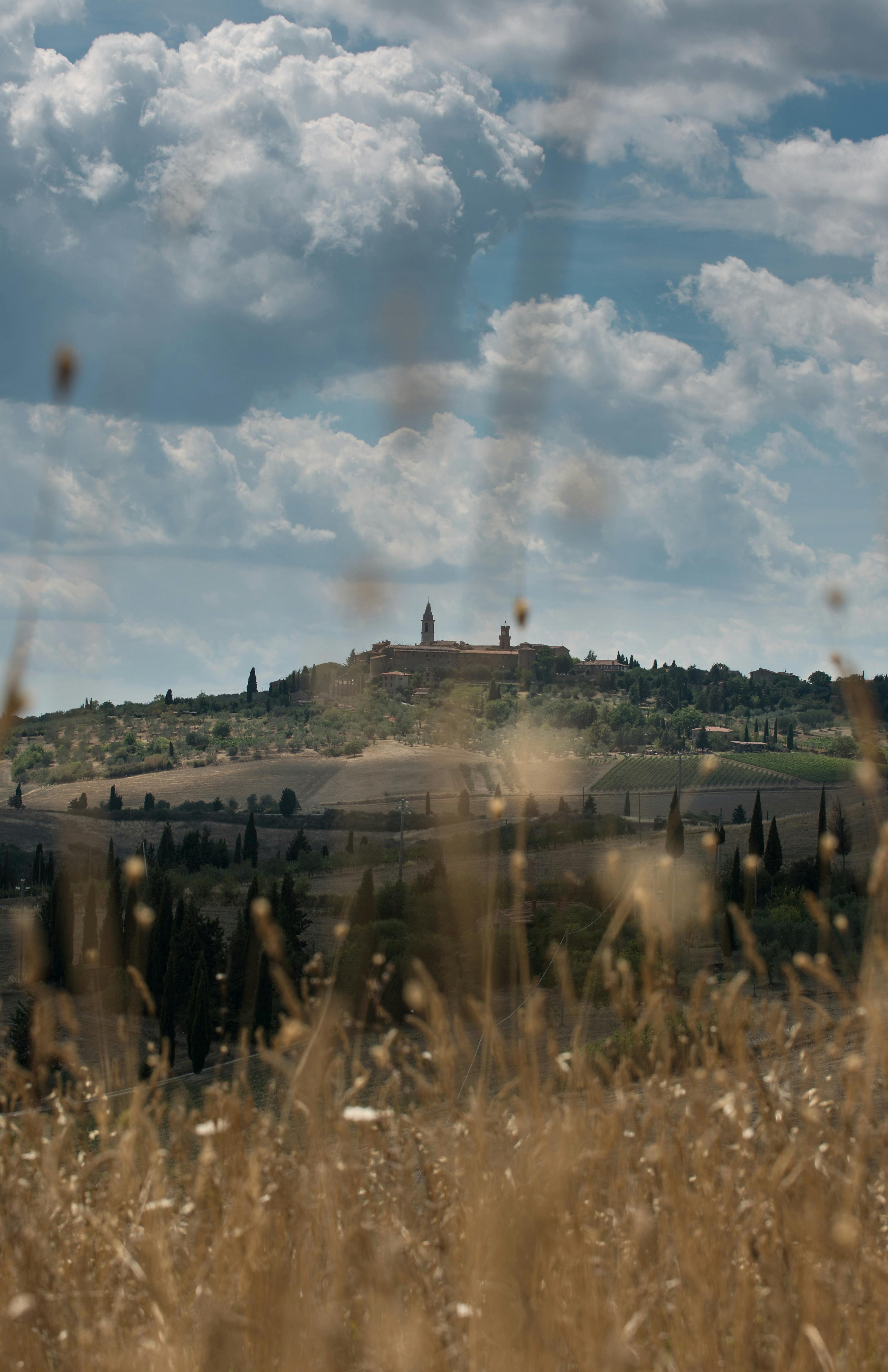
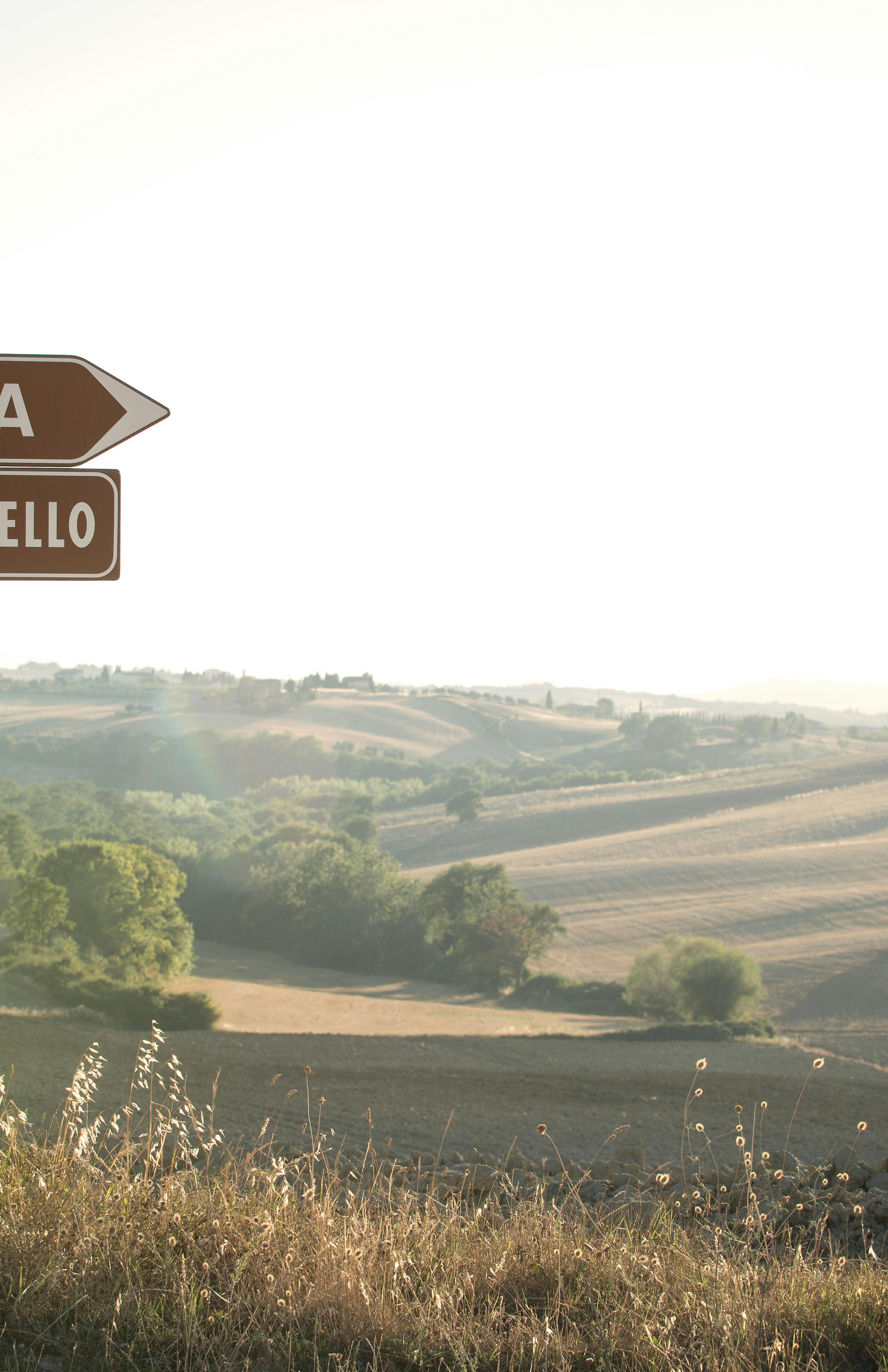
Orcia DOC
This is a very young appellation founded on February 14th of 2020 with the creation of the “Consorzio del vino Orcia”. Orcia became a Denominazione di Origine Controllata (DOC) on February 14, 2000
Orcia lies in Tuscany, in the southeastern part of the Siena province, and consists of 13 comuni.
The geographical area of the DOC Orcia includes the hilly area south / west of the province of Siena to the east and west of the Orcia river basin
The zone, that gives its name from the Orcia River, lies in a stretch of land dividing two famous areas' vineyards, the DOCG wines Brunello di Montalcino and Vino Nobile di Montepulciano.
The territory in which Orcia wine is produced lies between the districts of Brunello di Montalcino and Vino Nobile di Montepulciano, two of the most important Italian wines.
Historically this area has always been considered an area of excellence for the cultivation of vines and the production of wine. It is wedged between two other areas highly valued from the wine-making point of view (Montepulciano and Montalcino). The particular pedo-climatic environment of the Orcia DOC area and the optimal exposure of the vineyards combine to create an environment in which the most important natural elements positively favor all the vegetative-productive functions of the plant. https://www.quattrocalici.it/denominazioni/orcia-doc/
Wines labeled “Orcia” must have at least 60% Sangiovese with at least a year of barrel aging, while wines labeled “Orcia Sangiovese” must consist of at least 90% Sangiovese with at least two years of barrel aging.https://www.forbes.com/sites/marisadvari/2019/08/05/orcia-the-undiscovered-sangiovese-doc-region/?sh=baf66fb340ba
This terroir is characterized by rough, rocky steep hills and giant boulders, with wild boar and other wildlife frequent vineyard guests.
According to Marisa D'Vari from the Forbes : "As a group, the wines were all marked by a definitive earthy Sangiovese character, robust and full bodied. The wines all had refreshing high acidity.
Yet they differed in their tannins, with the longer-aged wines having smoother, velvet tannins and some wines having the texture of corduroy. Orcia Sangiovese DOC wines are not wines to drink young.
They will improve with age and need at least an hour of time to breathe after opening before they can be enjoyed.
The Consortium is also involved in important cultural activities which culminate each year in April with the “Orcia Wine Festival”, an important event dedicated to Orcia wine and the area.
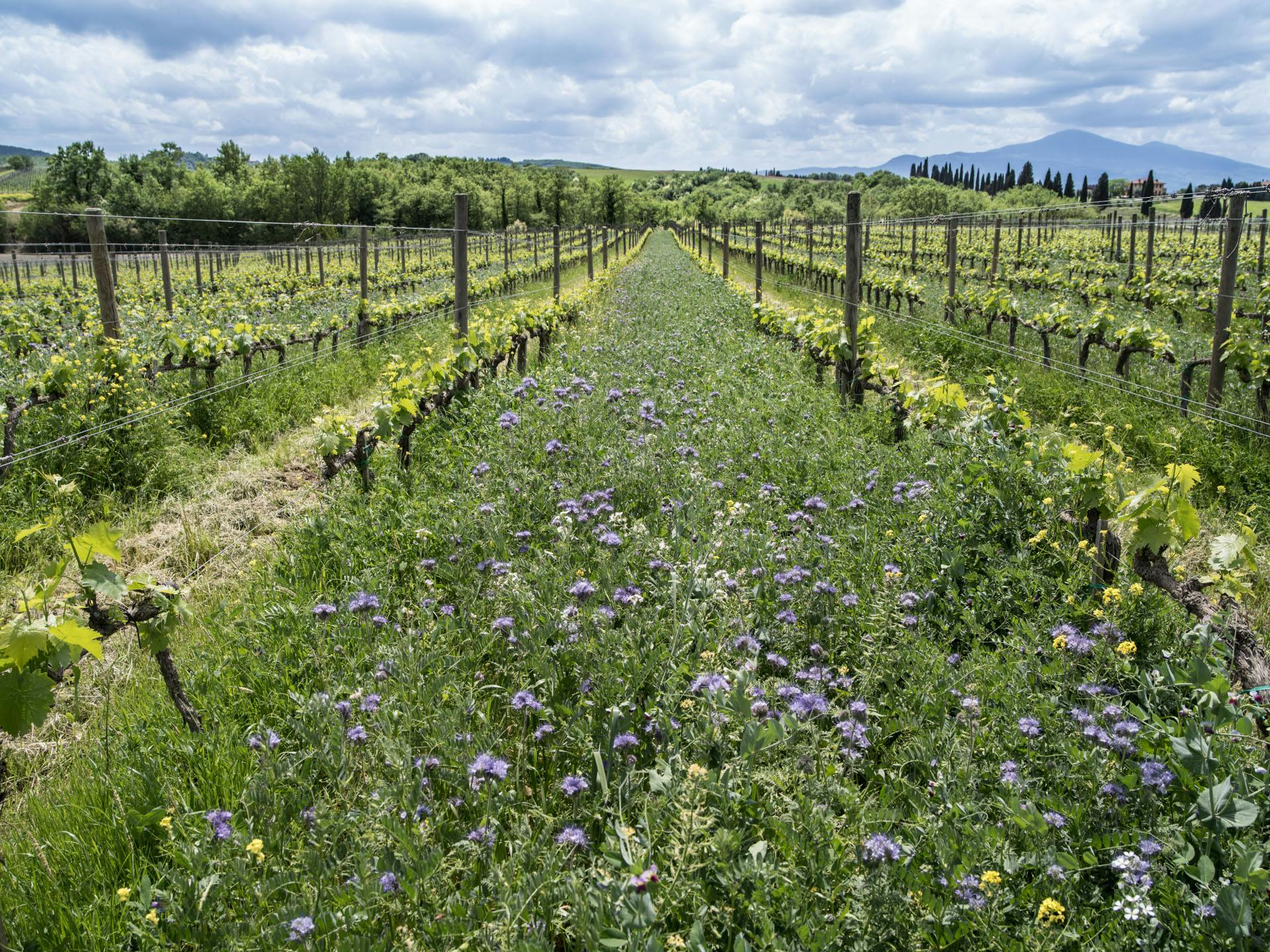
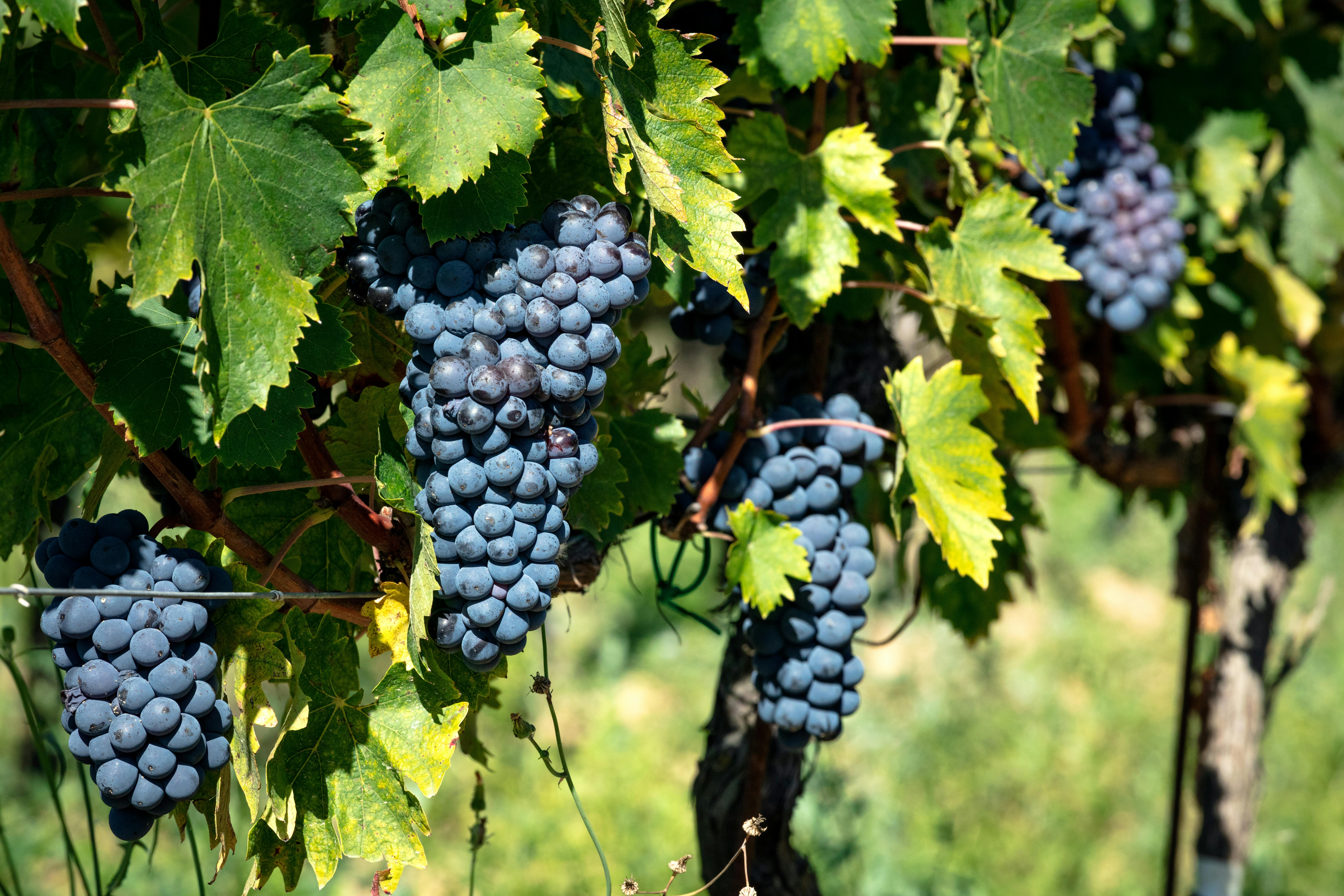
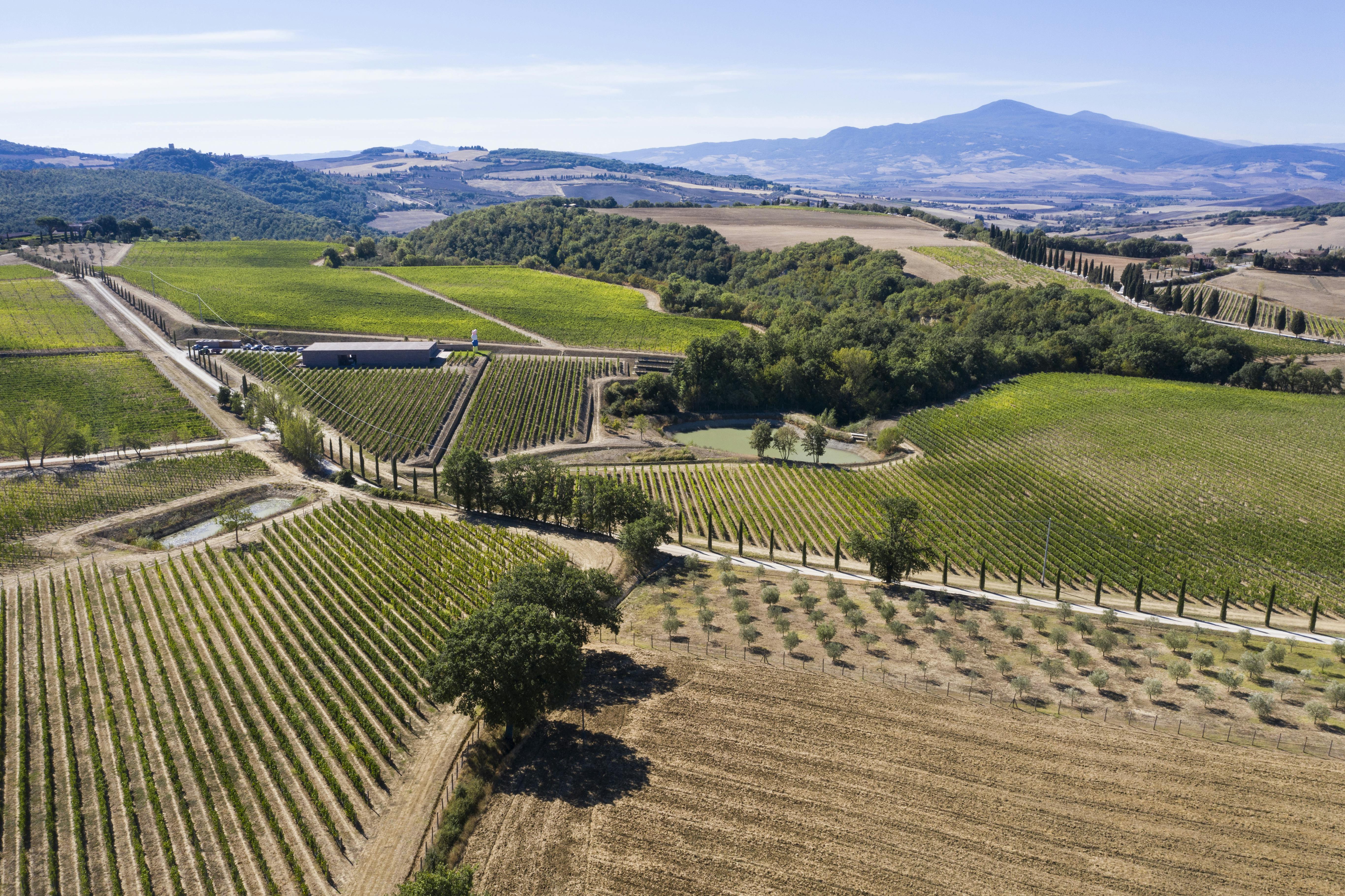
Unesco
Val D'Orcia is part of the World Heritage list of Unesco since 2004.
